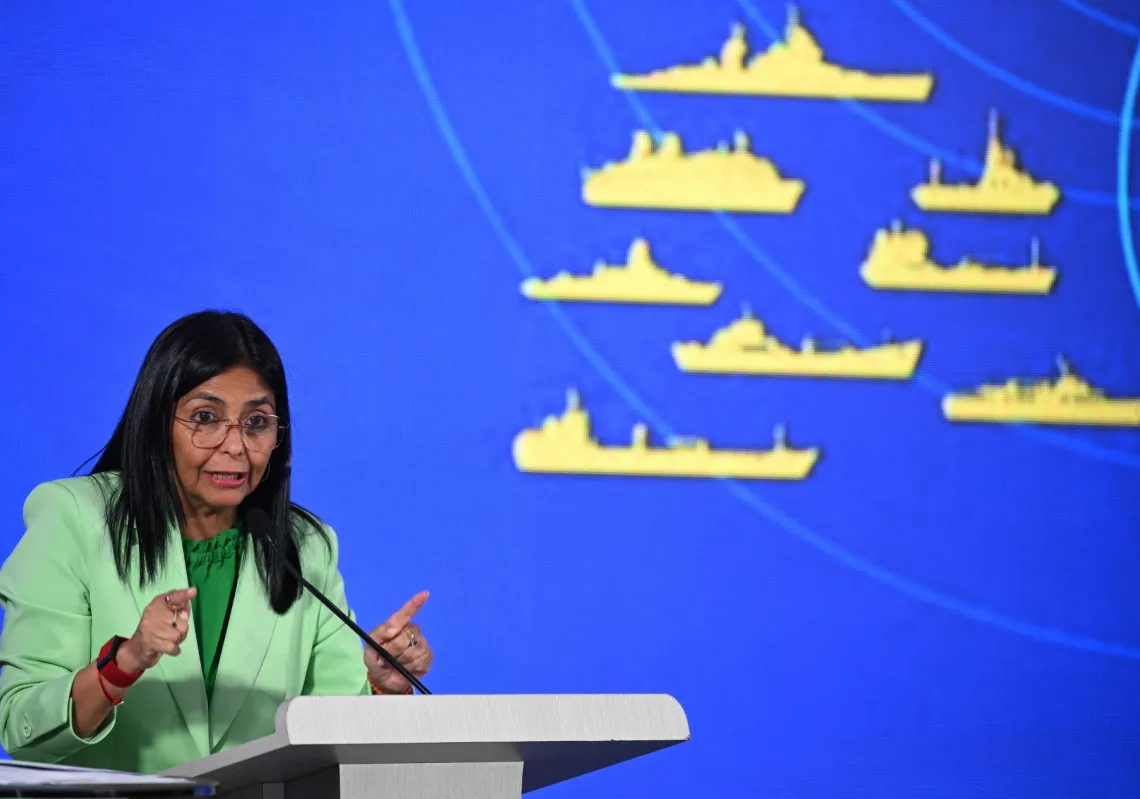In response to US President Donald Trump's so-called "Liberation Day" tariffs in early April, which have since imposed levies on China of up to 245%, Beijing imposed export controls on seven key minerals: samarium, gadolinium, terbium, dysprosium, lutetium, scandium, and yttrium.
Critical minerals, also known as rare earth elements (REE), are a group of 17 chemically similar materials that are critical to modern technology. They are used in a wide range of products: smartphones, electric vehicles, wind turbines, LED lights, medical devices, and military hardware.
China’s REEs are primarily used in the defence, energy, and automotive industries, which are crucial sectors for the US. Notably, the United States uses them in many advanced US defence technologies, including F-35 fighter jets, Virginia and Columbia-class submarines, Tomahawk missiles, radar systems, Predator unmanned aerial vehicles, and other systems.
China controls roughly 69% of global rare earth production and nearly 90% of processing capacity, according to the US Geological Survey’s 2024 data. It also holds approximately 49% of the world’s 90 million tonnes of known rare earth element reserves.
The US relies entirely on imports for certain REEs. It has a 100% import dependence on yttrium, with 93% of the supply coming from China. It also has an 80% import dependence on all rare earth compounds and metals, with 56% of these sourced from China.
The Centre for Strategic and International Studies (CSIS) states that China accounts for 99% of global heavy rare earth processing, thereby holding an effective monopoly over supply.









